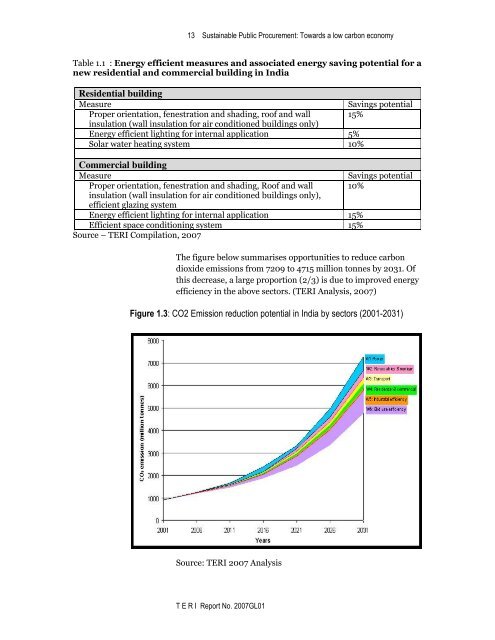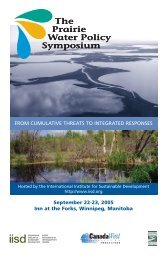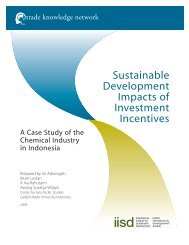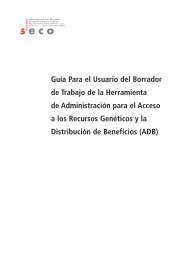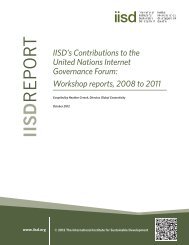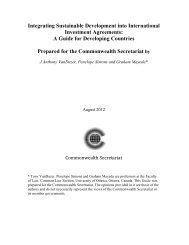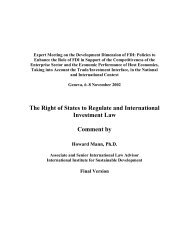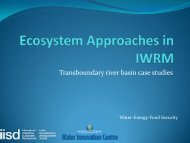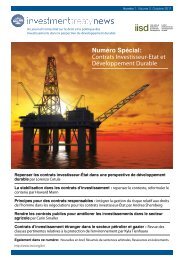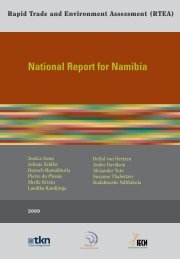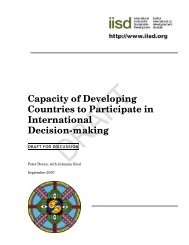Sustainable Public Procurement: Towards a lowâcarbon economy
Sustainable Public Procurement: Towards a lowâcarbon economy
Sustainable Public Procurement: Towards a lowâcarbon economy
Create successful ePaper yourself
Turn your PDF publications into a flip-book with our unique Google optimized e-Paper software.
13 <strong>Sustainable</strong> <strong>Public</strong> <strong>Procurement</strong>: <strong>Towards</strong> a low carbon <strong>economy</strong><br />
Table 1.1 : Energy efficient measures and associated energy saving potential for a<br />
new residential and commercial building in India<br />
Residential building<br />
Measure<br />
Savings potential<br />
Proper orientation, fenestration and shading, roof and wall 15%<br />
insulation (wall insulation for air conditioned buildings only)<br />
Energy efficient lighting for internal application 5%<br />
Solar water heating system 10%<br />
Commercial building<br />
Measure<br />
Savings potential<br />
Proper orientation, fenestration and shading, Roof and wall 10%<br />
insulation (wall insulation for air conditioned buildings only),<br />
efficient glazing system<br />
Energy efficient lighting for internal application 15%<br />
Efficient space conditioning system 15%<br />
Source – TERI Compilation, 2007<br />
The figure below summarises opportunities to reduce carbon<br />
dioxide emissions from 7209 to 4715 million tonnes by 2031. Of<br />
this decrease, a large proportion (2/3) is due to improved energy<br />
efficiency in the above sectors. (TERI Analysis, 2007)<br />
Figure 1.3: CO2 Emission reduction potential in India by sectors (2001-2031)<br />
Source: TERI 2007 Analysis<br />
T E R I Report No. 2007GL01


